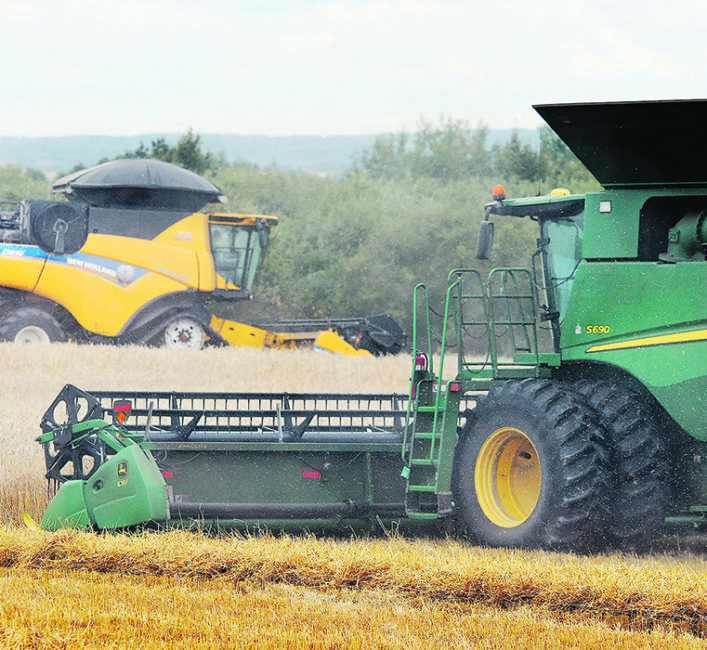Sustaining productivity growth difficult task

Economists say ag growth has slowed since the 2000s, following booming productivity gains of 1970s, 1980s and 1990s
Has agricultural productivity growth slowed?
A lot of agricultural economists think so, but determining how much and finding the causes are tough nuts to crack, said University of Minnesota economist Philip Pardey in the opening address of the Kansas City Federal Reserve Bank’s 2021 agricultural economics conference.
“The time-path of the adoption of these sets of technology (is long and hard to assess,)” said Pardey.
“There is complex timing between the research and development spending, the embodiment of these innovations in technologies that are employed by farmers, and these processes take long periods of time, decades, to play their hand out.”
Many economists have found signs that agricultural productivity growth has slowed since the 2000s, following the booming productivity growth of the 1970s-90s. Pardey has found similar trends.
He thinks the great gains before the 1990s were the beneficiary of the sustained shedding of labour needed per unit of production as farms got bigger and specialized in their production. At one time about 25 percent of the United States labour force was employed in farming, but that has now fallen to less than one percent.
However, those labour-based gains can’t easily be duplicated.
“You only get to do that once,” said Pardey. That means productivity gains will rely much upon the employment of new technologies and research to boost production on the land base of U.S. farmers.
However, much public research, from universities, state and the U.S. federal government, has been cut since the 1990s, so that pipeline might not be as full in the future.
Private research, at the same time, has taken over the role of paying for most agriculture research and development, but that won’t necessarily lead to higher overall productivity. Today public research in the U.S. accounts for about $3.8 billion, while private interests invest about $8.7 billion per year.
One challenge unique to agriculture is that its productivity is based on a biological system, and productivity gains won’t necessarily be gained without work to fend off the biological challenges to farm production. Other industries don’t face evolving weeds and pests.
That means much “maintenance” research is needed in agriculture to keep up production efficiency, and that’s something that could suffer in the future, with so much public funding reduced. If maintenance-of-yields research falls, then farmers might have trouble producing the same crops.
And much agricultural technology has already been developed and incorporated, so those gains are unlikely to grow.
“There is a concern amongst many that we’ve run out of the technological winds,” said Pardey.
However, he said he is an optimist, with so much relatively new technology still being integrated into agriculture and so many new technologies still being developed.
“We clearly haven’t run the course in terms of being smarter, better at how we use those technologies… and there’s certainly a whole slew of data technologies that are just starting to be introduced to agriculture,” said Pardey.
“They’re just getting a foothold in agriculture and still have a long way to go.”
Source: producer.com

